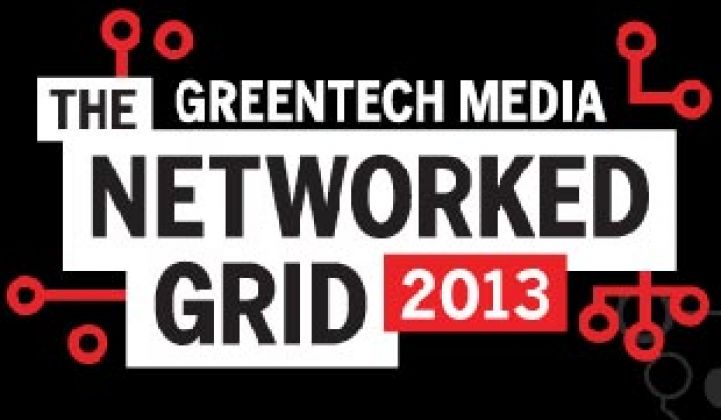The phrase "meter data management" can be a bit of a misnomer these days. Just ask DataRaker, a cloud-based utility analytics company that was scooped up by Oracle at the end of last year.
The startup was often labeled an MDM company, but it described itself as a software-as-a-service company providing data analytics for utilities, primarily crunching data from smart meters.
One of the major players in the space, eMeter, which is owned by Siemens, would also largely agree that the term "meter data management" doesn’t capture the scope of analytics it can offer its utility customers.
With tens of millions of smart meters deployed in North America, the question utilities are increasingly asking is, what value can we get from this asset?
“I think the most interesting thing is this convergence between OT and IT,” said Larsh Johnson, CTO of Smart Grid Software Solutions at eMeter. “Utilities have started operationalizing smart meters as grid sensors.”
It’s not that the idea for using smart meters for more advanced smart grid applications is entirely novel, argues Johnson, but now the business operations are coming together around these data streams and actually making use of it. And it is a lot of data.
For companies like eMeter, Oracle, Aclara, Itron and Ecologic Analytics (acquired by Toshiba’s Landis+Gyr earlier this year), the focus in 2013 is increasing confidence around the data so that utility operations teams will want to use the data from everything from outage applications to load forecasting and asset lifecycle maintenance.
It is not just the vendors providing solutions. Dominion Virginia Power, for instance, built its own application (and is now selling it) that leverages smart meters for conservation voltage reduction.
CenterPoint Energy, recently named one of the top 10 utilities in North America by GTM Research, is one of the utilities that Johnson said has broken down the silos of the organization to reap the benefits of the data stream coming off of meters. CenterPoint has reported having more than 20 terabytes of smart meter data stored, according to GTM Research.
Besides leveraging the smart meter data on houses and businesses to inform other operations, Johnson is also seeing a growing trend of using metering on certain devices in the distribution circuit to provide telemetry. The use case is particularly strong in countries where theft is a significant problem, but could also be used in the U.S. on particular circuits that are problematic.
The next generation of applications will see MDM data integrated with data coming off all points of the grid -- from transmission down to individual homes. EMeter is already working on a project with a Finnish utility, Elenia, to integrate data off of transmission substations down to household meters to get a picture of complete load flows.
“The biggest issue right now is defining the business value to take the step to do that,” said Johnson. “That means the OT guys knowing what’s in it for [them]."
To hear more about what’s in it for OT, IT, other utility departments and their customers, join Johnson, along with Mark Carpenter of Oncor, Paul Lekan from The Utility Telecom Council and Jeff Nichols of SDG&E, in Westlake Village, Calif. on March 20-21 for The Networked Grid conference.



